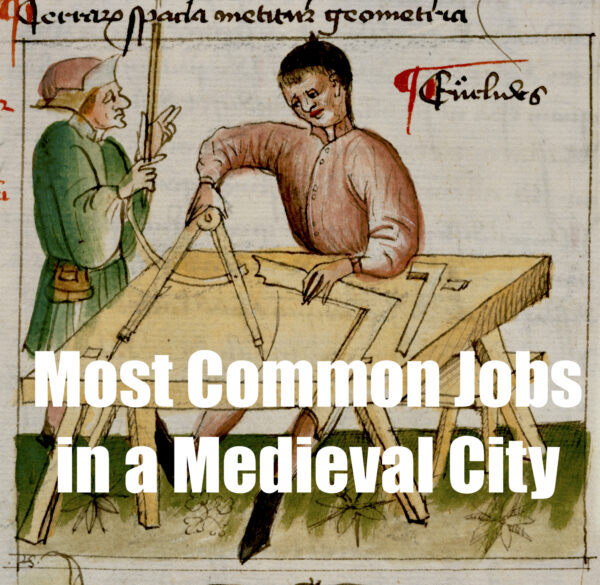
"Farming was the most common job in late medieval Montpellier, with peasants comprising 25% of known occupations, highlighting the importance of agriculture even in urban settings."
"The city featured a diverse range of occupations, with the top five being farming, carpentry, butchery, shoemaking, and Church-related work, reflecting the fragmented production chains."
In fifteenth-century Montpellier, a thriving urban center, farming was the most prevalent occupation, comprising 25% of known jobs. Tax records indicate around 6,500 household occupations, with significant representation of carpenters, butchers, shoemakers, and Church-related workers. This diverse occupational landscape illustrates the fragmentation of production chains typical of the late Middle Ages. Many peasants were active not only in the suburbs but also within the city itself, engaging in agriculture amidst urban life, thus highlighting the intertwining of rural and urban economies during this period.
Read at Medievalists.net
Unable to calculate read time
Collection
[
|
...
]